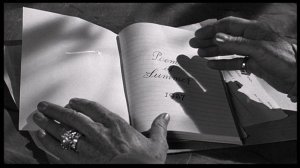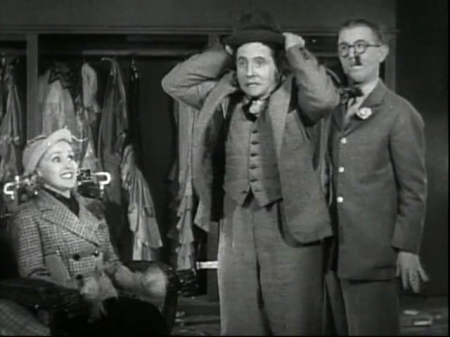Watched IS PARIS BURNING? because I’d been meaning to and it was one of the film’s on Spike Lee’s recent, very good, list of films every film-maker should see. (Full list here.) Also recommending it was the fact that René Clement is aces, and the cast is beyond sumptuous (although some of the big names are only in it for a cough and a spit) and the screenplay is adapted by Francis Ford Coppola and Gore Vidal (were those two actually in a room together?).
The best aspect of the movie, about the liberation of Paris and the Nazi scheme to blow the city to schmidtereens, is the accumulation of little anecdotes, vignettes with the bizarreness which marks them as true. Belmondo conquers a palace just by showing up with his wife and demanding the French police hand it over to him. A gallant French officer conducts a machine-gun assault from an old lady’s apartment as she watches, enchanted, sipping tea, then orders his men to clear up the spent bullet casings from the floor as they leave. Anthony Perkins treats his invasion as a sight-seeing tour.
It’s an oddly upbeat war movie, but not in the offensively jingoistic John Wayne manner — it’s really a celebration of Paris, which blossoms into colour as the end credits roll. Stylistically, there are some awkward moments, and the marriage of stock footage and not-quite-verité action is sometimes a trifle jarring.
There’s an early moment which is a very striking example of muddled filmmaking. Two resistance members (Delon & Caron) meet in a cinema where a newsreel is screening. For some incomprehensible reason, the cinema screen is in a 14:9 aspect ratio which did not exist in the 1940s (IPB? is itself widescreen), with the footage anamorphically stretched to fit, resulting in elongated tanks and tubby Wehrmacht. I can only assume somebody in the production felt a 4:3 screen would look old hat, and that no audience could possibly care about such a detail. Strange when so much work has gone into every other detail.
The cinema seems very bright — and this is factually correct, for when the Actualité Mondiale newsreels (co-produced by Pathé and Gaumont and serving up Pétainiste propaganda: several are quoted in our film NATAN) were screened, audience members heckled. To prevent this, the lights were kept on. Somebody knew this, and thought it worth including in the film, even though there was no opportunity to explain it to audience members who might not know — and yet they compromised on the aspect ratio to make it look more modern.
There must be a lesson in this, and the one I choose to take is: far better to simply be honest.













